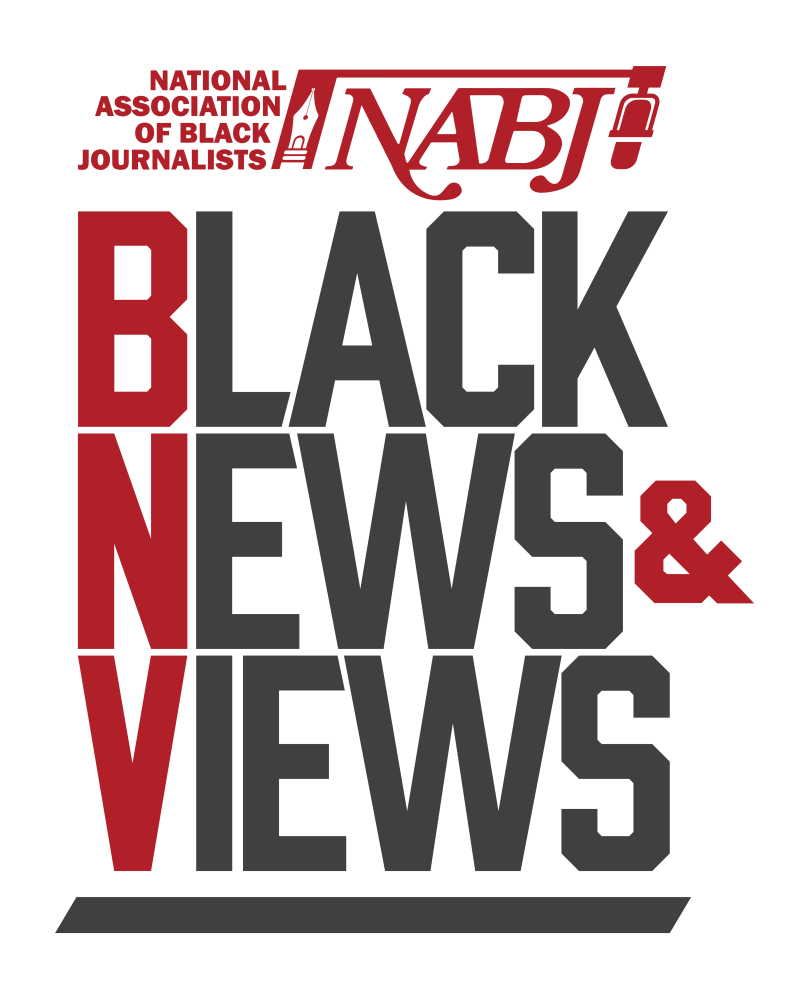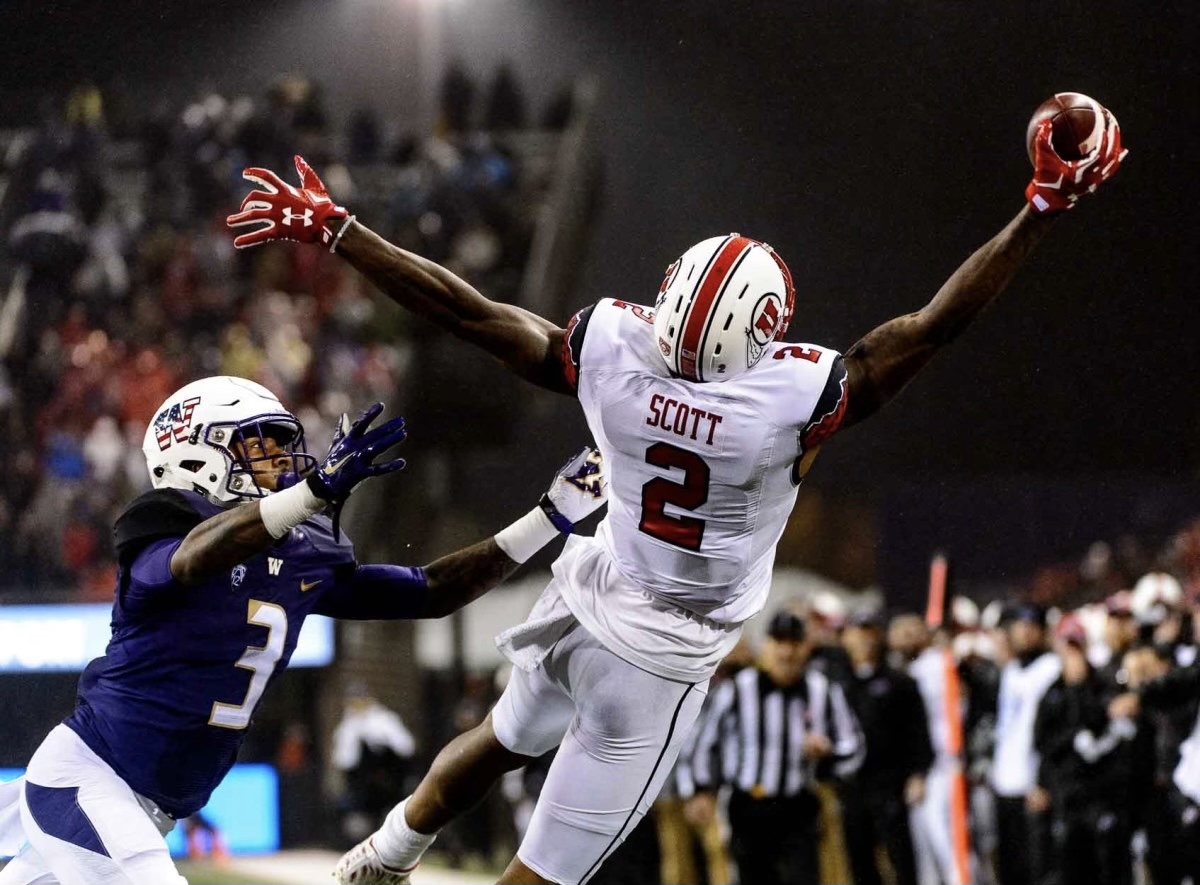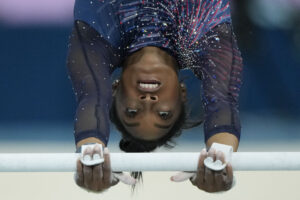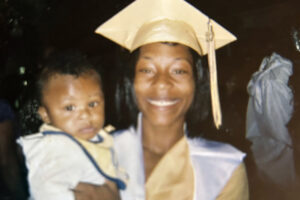Emil Ekiyor Jr. started playing football when he was 7. He followed in the footsteps of his father, Emil Ekiyor Sr., a former NFL defensive lineman, and cultivated his own impressive career.
The younger Ekiyor was a four-star high school recruit from Indianapolis and became an offensive lineman at the University of Alabama, which ranks fifth in the Top 25 NCAA football teams, according to the Associated Press. By his senior year, Ekiyor earned a spot on the 2022 All-SEC Coaches’ Football First Team while pursuing a major in public relations and a minor in business management.
Ekiyor graduated from Alabama with a bachelor’s degree in August 2022 and continued to play for the school as a redshirt senior — someone who has extended their eligibility — in the fall 2022 semester. By May 2023, Ekiyor joined the NFL’s Indiana Colts as an undrafted free agent. Unfortunately, in August 2023, less than a month before the official start of the NFL season, Ekiyor tore his meniscus and the Colts released him — a heartbreaking turn. The young Black man was left treading virtual water, figuring out what to do with his life.

Stories like Ekiyor’s are not uncommon among college athletes. Like Ekiyor, most Black male student athletes, who make up a majority of players on revenue sports teams, may not find longevity in a career as a professional. If the time comes that they must leave professional sports, many find that they were in essence cheated out of a solid education at the schools that promised them success, sometimes floundering as first-generation students or unprepared and unsupported as they try to navigate the intense and unfamiliar demands of college academics.
While they are often celebrated for their athleticism at NCAA-member institutions, Black male student athletes struggle with finding an identity and navigating a life without sports after college. Socioeconomic barriers, inequitable academic support and a lack of work-life balance for student athletes are among several factors that uniquely affect Black men in college athletics.
College athletes are contractually bound to demanding schedules and a particular set of responsibilities, and often leave school with less experience in the world outside of sports as compared to their non-athlete peers. After dedicating years to their sport, with little time for internships or career development, the student athletes that don’t “go pro” are often left to find careers in other fields where they may be unprepared. This trend disproportionately affects Black male college athletes in revenue sports, such as basketball and football, which generate billions of dollars for academic institutions. College sports culture and stereotypical expectations often exalt these players’ athletic abilities, yet fail to effectively support or encourage their academic interests or non-athletic career choices. This dynamic played out full-throttle in Ekiyor’s life.
After his sudden injury in 2023, the young athlete was forced to consider a life without football.
“I really spent that time all the way from May to August focused on the league and it wasn’t until I had the injury and got released from the team where I started to think, ‘OK, maybe we need to start examining life outside of the football realm,’ ” Ekiyor said.
The role of the student athlete
The NCAA is made up of over 520,000 student athletes across more than 1,000 schools in the United States, Puerto Rico and Canada. These schools are divided into three subgroups, or divisions, based on the school’s size and the resources available to each athletic department. Division I contains the most affluent and most competitive schools.
Despite the large numbers of student athletes across the country, and the time, money and other sacrifices to ensure their athletic success on a collegiate level, less than 2 percent of student athletes in the NCAA go on to play sports professionally. A student’s athletic career can end for a number of reasons, including career-ending injuries, financial obstacles or academic challenges.
Since its formation in 1906, the NCAA has established numerous policies to best support student athletes both on the field and in the classroom. For instance, student athletes are expected to commit no more than 20 hours per week to athletically related activities such as practice, film review and supplemental workouts, according to the organization.
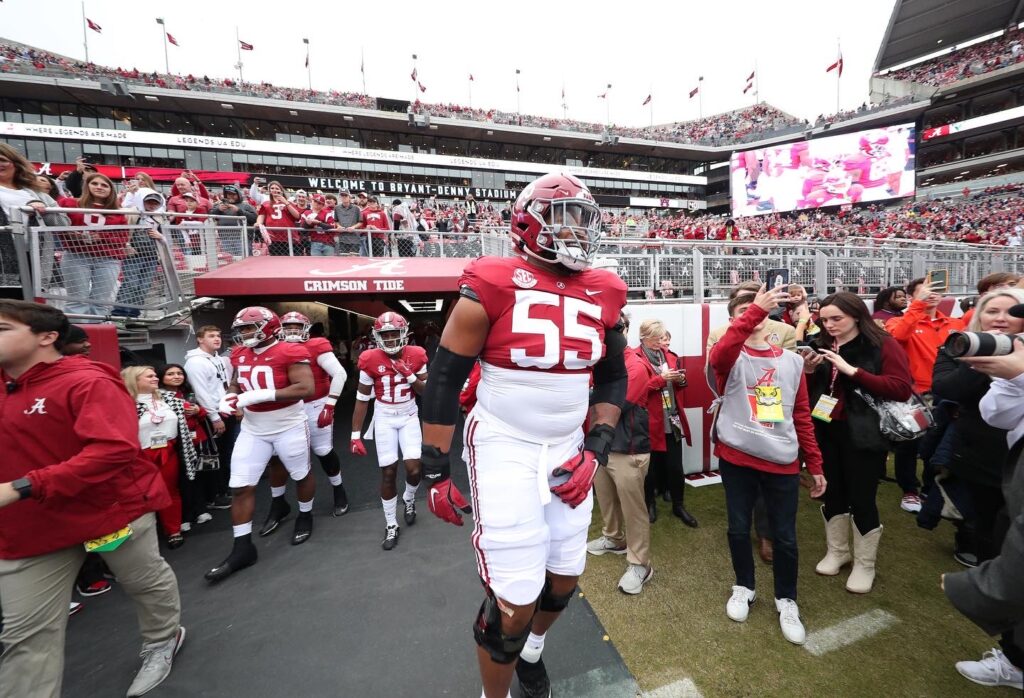
Safeguards in place are not working
The problem is, this isn’t happening.
Several reports over the past 10 years have found this policy is not enforced across a number of schools. The demands of college athletics are crushing some students who are not prepared for the rigor of college-level academics or the stresses of being away from home or being the first in their families to attend college.
“Some of the research I’ve read shows that athletes spend more than 50 hours a week on sport-related activity, not to mention the mental fatigue, the physical exhaustion, the nagging injuries that accompany those who participate in sport,” said Eddie Comeaux, a former University of California, Berkeley, baseball player and the founder and executive director of UC Riverside’s Center for Athletes’ Rights and Equity.
Comeaux believes that while student athletes dedicate their time to their sport, they are prevented from excelling academically, even with access to tutors and other resources in place. While the NCAA has policies in place to help student athletes balance academics and athletics, independent variables at each school, such as coaching staffs and athletic departments, have larger effects on athletes’ college experiences.
“The NCAA is a governing body, and they make the rules around compliance for member institutions and how they operate,” said Collin Williams Jr., Ph.D., co-author of “The Miseducation of the student athlete.”
“It does not mean that the NCAA are the people on campus day-to-day conducting the oversight and behaving in ways that are detrimental to the student athletes themselves,” Williams said.
“Some days, you’d have to choose. You’d be tired from practice and think, ‘There’s no way I’m going home and writing this paper.’ Some days you have 6 a.m. weights, go to class right after from 8 a.m. to 12 p.m., and then from 1 p.m. to 6 p.m., you’re at practice. And then you expected me from 7 p.m. to 10 p.m. to go do my homework? Some days, it’s just not there.”
Emil Ekiyor Jr.
The high-pressure life of the student athlete
Student athletes are often “at the mercy of their coach” and find themselves chasing physically and mentally exhausting demands to hold on to athletic scholarships, ultimately leading some students to fall behind academically, Comeaux said. These demands are especially detrimental to Black male athletes, who are the majority of players on collegiate football and basketball teams. The atmosphere is one of high pressure, as teams generate billions of dollars through sales of tickets and merchandise, and more.
“How are they supposed to strike this healthy balance so that these contradictions play out?” asked Comeaux, whose professional minor league baseball career ended abruptly because of an achilles heel injury.
“[These disparities] are largely because of this multi-billion dollar industry where the quest for winning, where generating revenue, seems to be more important than the overall well being of the Black athlete,” Comeaux explained.
It is a dynamic that intensifies the academic demands on overtaxed Black student athletes.
Ekiyor recalled how challenging it could be to balance his commitment to the football team and his academic responsibilities. Everything escalated during his sophomore and junior years, he said.
“Some days, you’d have to choose,” Ekiyor said. “You’d be tired from practice and think, ‘There’s no way I’m going home and writing this paper.’ Some days you have 6 a.m. weights, go to class right after from 8 a.m. to 12 p.m., and then from 1 p.m. to 6 p.m., you’re at practice. And then you expected me from 7 p.m. to 10 p.m. to go do my homework? Some days, it’s just not there.”
Most college athletic departments provide resources like academic advisors and mandatory study halls to help their student athletes. Even so, there are socioeconomic and historically inequitable structures within higher education systems and college sports culture that uniquely affect the one out of every 10 Black men on Division I (DI) college campuses who receive athletic financial aid.
The struggle for first-generation college students
Another important factor for student athletes is whether they have had other relatives who’ve experienced college life who can guide them. More often, students of color do not have this advantage.
“If you’re a first generation student, you might be more vulnerable once you enter the campus,” Comeaux said. “If you’re someone who’s second or third generation, you’ve got people or mentors that might be able to coach you in ways that ensure that you’re well positioned for success, or at least have a level of capital that allows you to kind of navigate this space.”
Fifty-nine percent of today’s Black college students are first-generation. Some of these students and their families may be misled by the messaging coaches and athletic departments convey throughout the recruiting process, Comeaux said.
Case in point — the experience of Jovaun Woolford.
“The way my coach explained it to me was, ‘If you’re not performing on the field, I don’t get paid, I can’t feed my kids.’ So he’s going to find the people who are going to allow him to feed his family.”
Jovaun Woolford
“If you’re a good player, and the school wants you, they’re gonna blow smoke up your ass and you’re gonna be the best thing since sliced bread,” Woolford, a Colgate University athlete and 2019 graduate, said of college recruitment teams.
Although Woolford is a first-generation college graduate, he had extended family members who helped guide him throughout the recruiting process. He attended Colgate on an athletic scholarship and his family advised him to prioritize academics.
“My freshman year I had a 1.9 GPA,” Woolford said. “My sophomore year, my coach brought me in and he said, ‘Look, if you don’t get this together, we’re gonna move on.’ ”
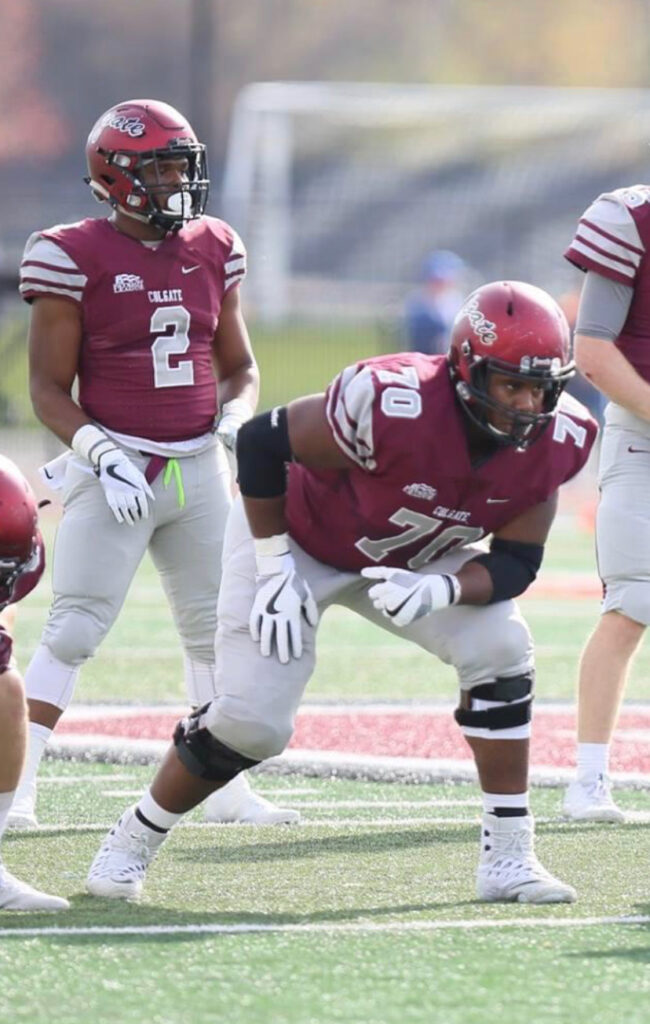
At Colgate University, student athletes must have a minimum 1.8 GPA before their sophomore year so they are still eligible to participate in the athletic program. To graduate, student athletes must maintain a 2.0 GPA by their senior year.
“The way my coach explained it to me was, ‘If you’re not performing on the field, I don’t get paid, I can’t feed my kids,’” Woolford said. “So he’s going to find the people who are going to allow him to feed his family.”
The shift in responsibility that most students experience between high school and college is significant. For some, the additional pressures of being a student athlete like maintaining scholarships and balancing schoolwork are especially challenging.
“They’re giving [students] messaging that suggests they are more than capable of performing well and surviving on those campuses,” Comeaux said. “But that is misleading in many ways because it’s not the reality once they get there.”
“Academic clustering” helps the team but not the student
To ensure that students can maintain a grade point average that makes them eligible to practice and play throughout the season despite their demanding schedules, some student athletes are subjected to “academic clustering” — a trend in which student athletes, typically from the same team, are grouped into majors or classes with less demanding workloads regardless of the athlete’s personal interests or ambitions. This way, class schedules and other academic demands do not interfere with their athletic responsibilities.
“They are clustered into a meaningless major, and they don’t graduate if they go to the league, which is only a small percentage,” said David Hughes, executive committee member of the Drake Group, a non-profit organization that raises critical issues in intercollegiate athletics to Congress and higher education policymakers.
“There are some athletes who need more help academically, but generally speaking, they’re not incentivized,” Hughes said. “They’re only incentivized to win games, which is why a majority of the Black athletes are just kept eligible.”
Malcolm Solomon’s story
Malcolm Solomon played football as a defensive back in 2013 at New Mexico Highlands University, a Division II school. He remembers that he prioritized his athletic performance over his grades.
“When you already have your mind made up that you’re going [to college] to play football. That’s really all there is to it. You’re not really going there to get an education,” Solomon said.
Solomon and his teammates were clustered into majors and classes that would not necessarily benefit them career-wise, he said.
“We had, like, yoga or some meditation classes,” he said. “We didn’t really have a lot of structure. We didn’t have a lot of good coaches and people around us. Even our student advisers, the ones that were picking classes for us, didn’t really care what we took.”
After one year of playing at New Mexico Highlands University, Solomon transferred to California State University, where he continued college as a non-athlete. He graduated in 2019 and is now the owner of the brand Projext Fitness.
Solomon said that after he transferred schools, he started to pursue his education more seriously. To improve his grades, he started engaging with other classmates in study groups and looking for academic support. He created the reinforcements that he did not get when he was a student athlete.
“I never did that before,” Solomon said. “When I was playing, I didn’t think about having a study group. I just half-assed what I was doing and turned it in. I thought, ‘Okay, if I get a C, I’m eligible.’”
“We had, like, yoga or some meditation classes. We didn’t really have a lot of structure. We didn’t have a lot of good coaches and people around us. Even our student advisers, the ones that were picking classes for us, didn’t really care what we took.”
Malcolm Solomon
Are improvements on the horizon?
Official statistics show, however, that student athletes’ academic performance is moving in a better direction.
Student athletes at Division I schools graduated at a record high rate of 91 percent in a six-year window as of December 2023, the NCAA reported. Data shared by the NCAA also indicates that this graduation rate has increased significantly over the past 20 years since the association established modified initial eligibility standards and other reforms. The upward trend also exists among student athletes in Division II and Division III schools.
Considering the average student body graduation rate of 69 percent, as reported by the NCAA, the increasing graduation rates of student athletes in Division I schools are impressive. However, while a majority of student athletes are able to earn bachelor degrees within six years, Black male student athletes, who make up 16.5 percent of the NCAA, have a different experience.
Black male student athletes at Division I schools graduated at a rate of 79 percent in 2023, according to the NCAA. Latino and white male student athletes at these schools graduated at 85 percent and 92 percent respectively.
Ekiyor said that his experience at the University of Alabama was positive and that he was encouraged by his parents and coach to prioritize academics. Still, he recognized that above all, the world of college sports is a business.
“At the end of the day, it comes down to if you’re performing or not,” Ekiyor said. “That’s it. If you are, they love you. If you don’t, you can hit the transfer portal. But you know, they could care less if you graduated.”
Investing in pipe dreams
Whether or not student athletes are able to graduate, some spend up to six years sacrificing time, balanced social lives and pre-professional work experiences in preparation for gameday. Instead of earning internships or participating in student clubs that fit their interests, they are expected to dedicate their time to training and performing on the field in hopes of catching the attention of a professional team scout.
Black men in college make up 48 percent of the student athletes on NCAA Division I football teams. Similarly, Black men make up about 53.5 percent of football players in the National Football League as of 2023, according to The Institute for Diversity and Ethics in Sport at the University of Central Florida. For some, following the path between the two organizations is a life-long dream.
Despite the rigorous athletic training and their celebrity status on the collegiate level, less than 2 percent of student athletes will continue their athletic careers after college.
Still, for many Black children — especially boys — sports are seen as a path to upward mobility.
“At the end of the day, it comes down to if you’re performing or not. That’s it. If you are, they love you. If you don’t, you can hit the transfer portal. But you know, they could care less if you graduated.”
Emil Ekiyor
Marketing to the vulnerable
Drake Group President-Elect David Hughes has a background in corporate development with professional sports teams, including the NBA’s Houston Rockets and NFL’s Houston Texans. Hoop dreams of professional sports careers are over-marketed to people of lower socioeconomic status, a demographic that largely contains people of color, he said.
“Professional sports careers are marketed to the demographic that the industry wants to exploit the most,” Hughes said. “It’s also about time. It takes longer to become a doctor or a dentist. An engineer is not nearly as flashy and it’s not marketed the same. But if you go to become a football player and you go to the NFL, let’s say five years after you leave high school, you can get your jersey retired or you might get a street named after you.”
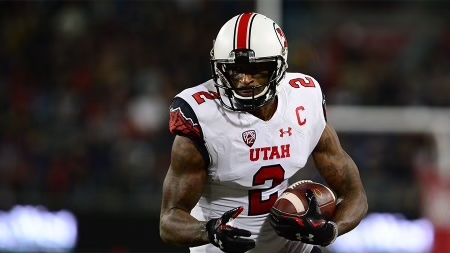
Kenneth Scott had this mentality growing up in Rio Alto, California. The 2015 graduate of the University of Utah grew up in Section 8 housing with his mother. He remembers receiving help from welfare programs and helping his mother navigate their two-bedroom apartment with her wheelchair as she lived with lupus and plantar fasciitis.
Scott said he was not exposed to potential career paths outside sports as a child. He equated success with his ability to provide for his family by using his athletic talents.
“Growing up, that’s all we were privy to,” Scott said. “I wanted to give my mom a return on her investment by making it to the NFL.”
By Scott’s senior year of high school, he was a nationally ranked wide receiver. But at the start of his freshman year at Utah, he broke his ankle and had to sit out for the whole season. He said that if he had never been injured, he might not have had the foresight to prepare for a life beyond football.

After graduating with two degrees — in human development and family studies, and in economics — Scott went on to play football for the Los Angeles Rams and the Canadian Football League’s Montreal Alouettes. He retired from the CFL in 2017.
“Two percent of student athletes go pro, but 100 percent of athletes have to retire at some point in time,” said Scott, who is now a professor at Rice University and author of six personal development books. “Once that ball goes flat, what are you gonna do?”
Identity foreclosure and life after sports
After the Indiana Colts released Ekiyor, he took a trip to Rwanda. While exploring his African heritage and contemplating his next steps, he reflected on his experience as an athlete and his relationship with football.
He realized that football was only part of his identity.
This realization can be difficult as it is common for athletes to experience what is known as identity foreclosure, a commitment to the athlete role in the absence of occupational or ideological alternatives. With so much focus and celebration surrounding their athletic talent, athletes are less likely to be praised or recognized for their interests or accomplishments off the field. This treatment can affect an athlete’s self-image and his or her interpretation of their athlete role.
“There’s a point at which that athlete identity is no longer,” Collin Williams said. “The faster that folks have the ability to think about that and identify who else they might be, the less issues and stress that they have trying to transition out of sport.”
Ekiyor is now rehabilitating from his injury and said negative reactions from those who previously supported him as an athlete have been disheartening. The sense he gets from fans and extended family members that he has not met expectations has made his transition more mentally challenging.
“You get the feeling like you failed if you didn’t accomplish that NFL dream and you’re transitioning into the ‘real world,’ ” Ekiyor said. “I hate that feeling because I don’t think I failed; I had a really good college career. I did everything I wanted to do and the NFL really wasn’t even my goal to start off with. Other people made that their goal for me.”
For many Black Americans, sports are seen as a ticket to achieving the American dream. While Black professionals are hypervisible in sports and entertainment in this country, they are less visible in other fields associated with affluence like medicine and technology.
Young Black men unconsciously conform to stereotypical expectations projected onto them, and are disserviced when they are denied the space to explore identities outside of sports. While their passion for sports is valid and worth exploring, it is important that Black men know that they are valuable whether or not they are successful athletes.
“My faith has really helped me realize that this isn’t the only thing that I’m good at,” Ekiyor said. “Part of that was me taking that trip to Africa and having a different experience. Sports wasn’t the number one thing over there. There are people becoming entrepreneurs and building their own businesses there. Seeing that side showed me that there’s more to life than football.”
